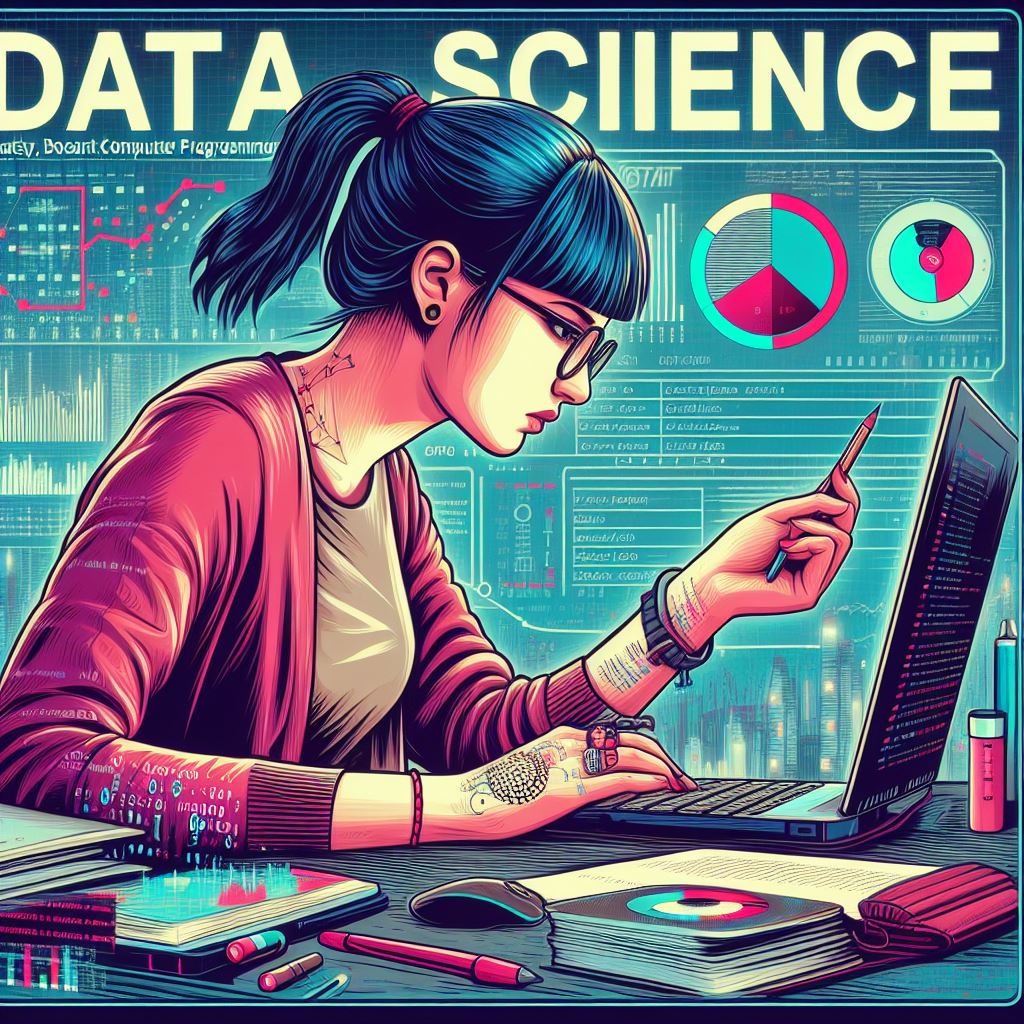Artificial Intelligence (AI) is increasingly transforming the healthcare industry, particularly in the field of medical imaging. AI-powered technologies are making significant strides in diagnosing and treating patients by analyzing medical images with unmatched precision and efficiency. From detecting early signs of diseases like cancer to providing real-time assistance in emergency rooms, AI is enhancing medical imaging workflows and improving patient outcomes.
Medical imaging has long been a cornerstone of diagnostics. Techniques like X-rays, CT scans, MRIs, and ultrasounds help physicians detect and monitor a wide variety of conditions. However, manual interpretation of these images can be time-consuming and subject to human error. This is where AI comes into play. By leveraging machine learning algorithms, AI systems can rapidly analyze medical images, highlighting potential areas of concern and providing accurate diagnostic insights.
One of the most notable applications of AI in medical imaging is in the early detection of cancer. AI algorithms have shown great promise in identifying tumors and lesions in X-rays and MRIs with high accuracy. These systems are trained using large datasets of medical images, which enables them to recognize patterns that might be difficult for human eyes to spot. As a result, AI can help doctors identify cancerous growths at an earlier stage, allowing for more effective and less invasive treatments.
Another area where AI is making an impact is in the detection of cardiovascular diseases. AI-powered imaging systems can analyze heart scans, such as echocardiograms and coronary CT angiograms, to identify abnormalities like blockages or irregularities in blood flow. By assisting doctors in detecting these conditions early, AI can potentially save lives by providing timely interventions before the disease progresses.
AI is also enhancing the accuracy of radiology. Traditionally, radiologists have been responsible for reviewing and interpreting medical images, but this process can be tedious and prone to fatigue. AI tools can support radiologists by quickly analyzing images and providing preliminary assessments, allowing them to focus on more complex cases. This collaboration between AI and human expertise improves efficiency and reduces the likelihood of missed diagnoses.
In emergency medicine, AI is proving to be a game-changer. In time-sensitive situations, such as stroke or trauma cases, medical imaging must be processed quickly to guide treatment decisions. AI can rapidly analyze CT scans and MRIs, helping doctors make informed decisions in real-time. This ability to provide immediate insights can significantly reduce the time to treatment and improve patient outcomes, especially in critical care situations.
Moreover, AI in medical imaging is not just about improving diagnostic accuracy; it’s also streamlining healthcare operations. AI tools are increasingly being used to automate administrative tasks like organizing and categorizing medical images. This reduces the burden on healthcare staff, allowing them to allocate more time to patient care and reducing the overall cost of medical imaging services.
While AI has made impressive advancements in medical imaging, it is important to note that it is not meant to replace human clinicians. Instead, AI serves as a complementary tool that enhances the capabilities of healthcare professionals. The future of medical imaging lies in the collaboration between AI and human expertise, creating a synergy that results in better, faster, and more accurate diagnoses.
In conclusion, AI is revolutionizing the medical imaging field, making diagnostic processes faster, more accurate, and more efficient. From detecting cancers early to streamlining emergency medical care, AI is shaping the future of healthcare. As AI continues to evolve, its role in medical imaging will only expand, offering new possibilities for improving patient care and advancing medical research.
5
